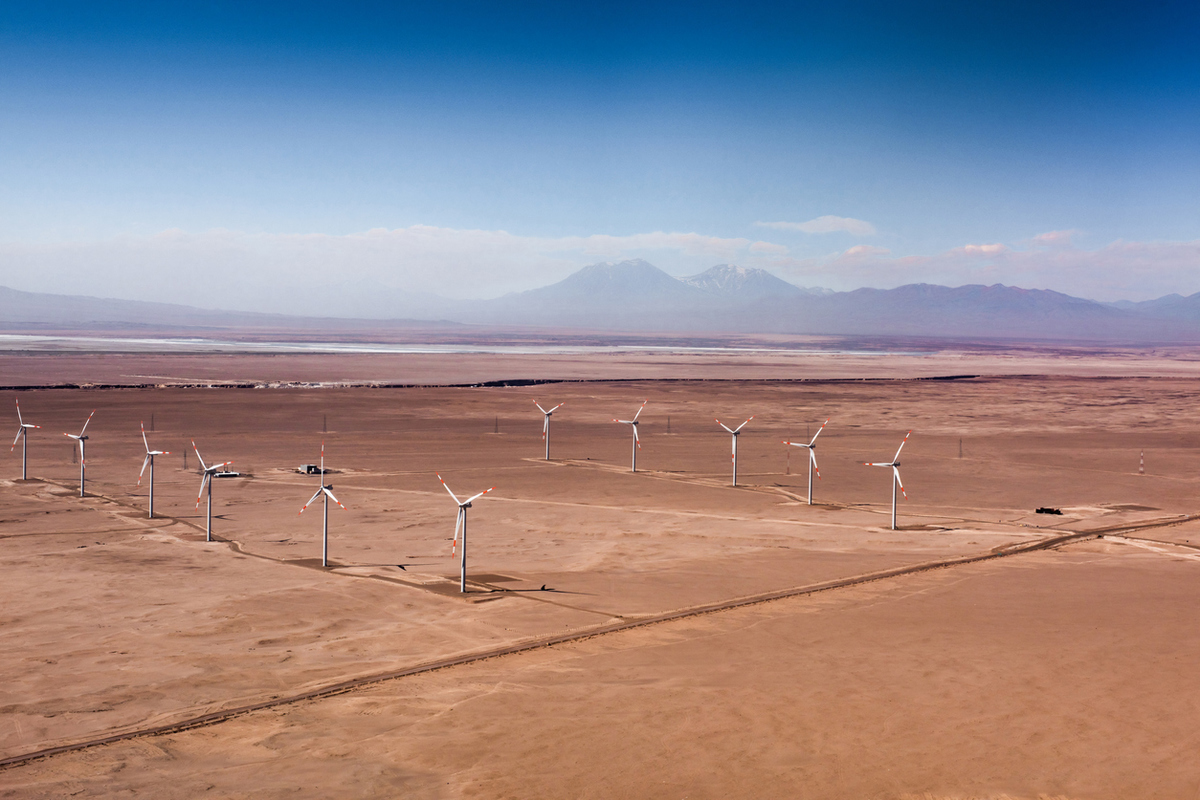Chile green shipping corridor outlined
Mærsk Mc-Kinney Møller Center for Zero Carbon Shipping (the Center) and Chile’s Ministry of Energy have agreed to set up a network of green corridors to transport goods in and out of the South American country.

PHOTO: Wind power production in Calama in Chile's Antofagasta region. Getty Images
The Center is made up of shipping and energy industry partners like A.P. Moller - Maersk, Cargill, BP, TotalEnergies and others. It says green shipping corridors are important to incentivise uptake of zero carbon bunker fuels.
Chile has been brought forward as a country with great potential for zero carbon fuels production as it can tap into its abundant sources of renewable energy, especially solar and wind power generated in its Magallanes and Antofagasta regions.
Huge availability of renewable energy makes the Chilean coastline, “a strategic place to foster the supply of clean, zero-emissions maritime fuels,” Chile’s Minister of Energy Claudio Huepe said.
Green shipping is pivotal to Chile’s decarbonisation plan, as it is heavily dependent on domestic and international maritime transport.
By the end of the year, the Center and Chile aim to have mapped out the most suitable green corridors for the project, based on emission intensity, fuel availability, distance to ports, vessel segments and routes.
The Center will lead a pre-feasibility study with the Chilean government and other stakeholders throughout the value chain, and eventually roll out the selected green corridors over the coming years.
“We need large-scale projects like green corridors to take the decarbonization of the maritime industry from theory to actual demonstration of production, supply and use of alternative fuels in the ports. Only this way will we align on standards and obtain the experience and knowledge we need to scale solutions fast enough to meet the end target of net-zero in 2050,” the Center’s chief executive Bo Cerup-Simonsen said.
The announcement comes a few days after the Center partnered with port authorities in Rotterdam, Hamburg, Gdynia, Roenne and Tallinn to establish a European green corridor network.





